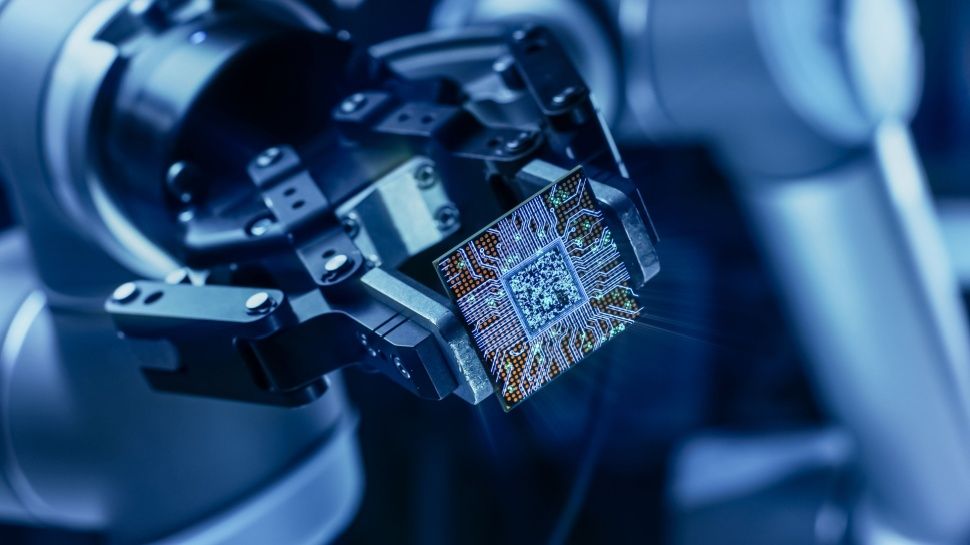
The biodefense capabilities of the US have received a major upgrade in the form of a new supercomputer and rapid response laboratory (RRL).
The supercomputer uses the same AMD MI300A processors as found in the LLNL exascale supercomputer, El Capitan, expected to be completed later this year.
The US government hopes its new biodefense supercomputer and RRL will help to enhance military and civilian research and defenses against biological threats.
Supercomputer for bio defense
“Some of [the] countermeasures that we’re going to develop in this unique environment are going to be extremely important, because we’re talking about taking solutions down to days, if not hours. This computing power is going to be something that we’re going to use on a regular basis,” said Darryl Colvin, joint program executive officer for Chemical, Biological, Radiological, and Nuclear Defense.
The supercomputer will use a range of technologies to enhance defenses, including AI modeling, simulations, threat classification, and medical countermeasure development in combination with the RRL.
While the supercomputer will be available for other government agencies, academia, industry and allies to use, the RRL will help bolster the Department of Defense’s Chemical and Biological Defense Program’s Generative Unconstrained Intelligent Drug Engineering (GUIDE) program.
Ian Watson, the Department of Defense’s deputy assistant secretary of defense for Chemical and Biological Defense, said, “Exascale supercomputing and other technical enablers underscore DOD’s commitment to building enduring advantages and delivering cutting-edge defensive capabilities to ensure the Total Force can deter or prevail against advanced chemical and biological threats.”
More from TechRadar Pro
Services Marketplace – Listings, Bookings & Reviews
